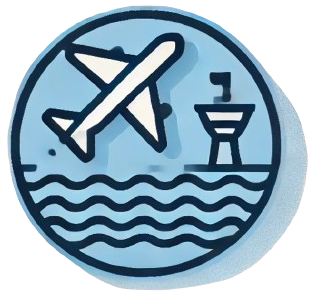The question of whether a plane can reach speeds of 5,000 mph
Might seem far-fetched, but recent advancements in aerospace technology have made it possible to break existing speed barriers. The most notable achievement in this realm was the experimental flight of the X-43A, a research vehicle that not only shattered the previous world speed record for a jet-powered, air-breathing vehicle but also demonstrated the incredible potential of future aircraft design.
Breaking the Sound Barrier: The X-43A’s Historic Flight
In March, the X-43A soared to nearly 5,000 mph during a test flight that brought it to an impressive altitude of 95,000 feet. This flight was not merely an exercise in speed; it was a pivotal moment in aerospace engineering, highlighting the capabilities of scramjet technology, which allows vehicles to achieve and maintain hypersonic speeds—speeds that exceed the speed of sound by a significant margin. The X-43A reached Mach 7, or seven times the speed of sound, showcasing the potential for future aircraft to travel at astounding velocities.
What About Extreme Wind Conditions?
While the speed capabilities of experimental aircraft are fascinating, practical flying conditions present their own challenges. For instance, the notion of flying in 100 mph winds raises questions about aircraft safety and operational limits. Although, theoretically, an aircraft could take off against a headwind of that magnitude, the practicalities of wind limits must be considered.
- Aircraft doors typically have limits around 45 knots
- Pilots would not attempt to taxi or take off in such extreme conditions due to safety protocols
Wind conditions are critical factors when it comes to flight operations, impacting everything from takeoff to landing.
The Future of Speed: Hypersonic Travel
As we look toward the future, the concept of hypersonic travel is gaining traction, with developments in technology aimed at achieving speeds even beyond 5,000 mph. The United States is actively researching hypersonic missiles, with capabilities surpassing 6,000 mph. Among these advancements is the hypersonic SR-72, which is rumored to be making significant progress in secret. Such developments could revolutionize not only military applications but also the feasibility of high-speed commercial air travel.
Understanding Mach Speeds: What Does Mach 10 Mean?
To put the concept of speed into perspective, it’s important to understand the Mach scale. For instance, Mach 10, which equates to approximately 7,600 mph, represents an extraordinary speed threshold that only experimental craft can hope to achieve.
| Mach Number | Speed (mph) | Altitude (feet) |
|---|---|---|
| Mach 1 | 1,125 | Sea Level |
| Mach 7 | 5,300 | 95,000 |
| Mach 10 | 7,600 | 275,000 |
At altitudes around 275,000 feet, the speed of sound decreases, adjusting the figures for what constitutes Mach 10 in practical scenarios. These calculations illustrate the complexities of hypersonic travel and the significant advancements needed to reach such speeds reliably and safely.
As technology progresses, the notion of flying at speeds around 5,000 mph and beyond is becoming less of a distant dream and more a reality within reach, promising to reshape both aviation and the future of transportation as we know it.
